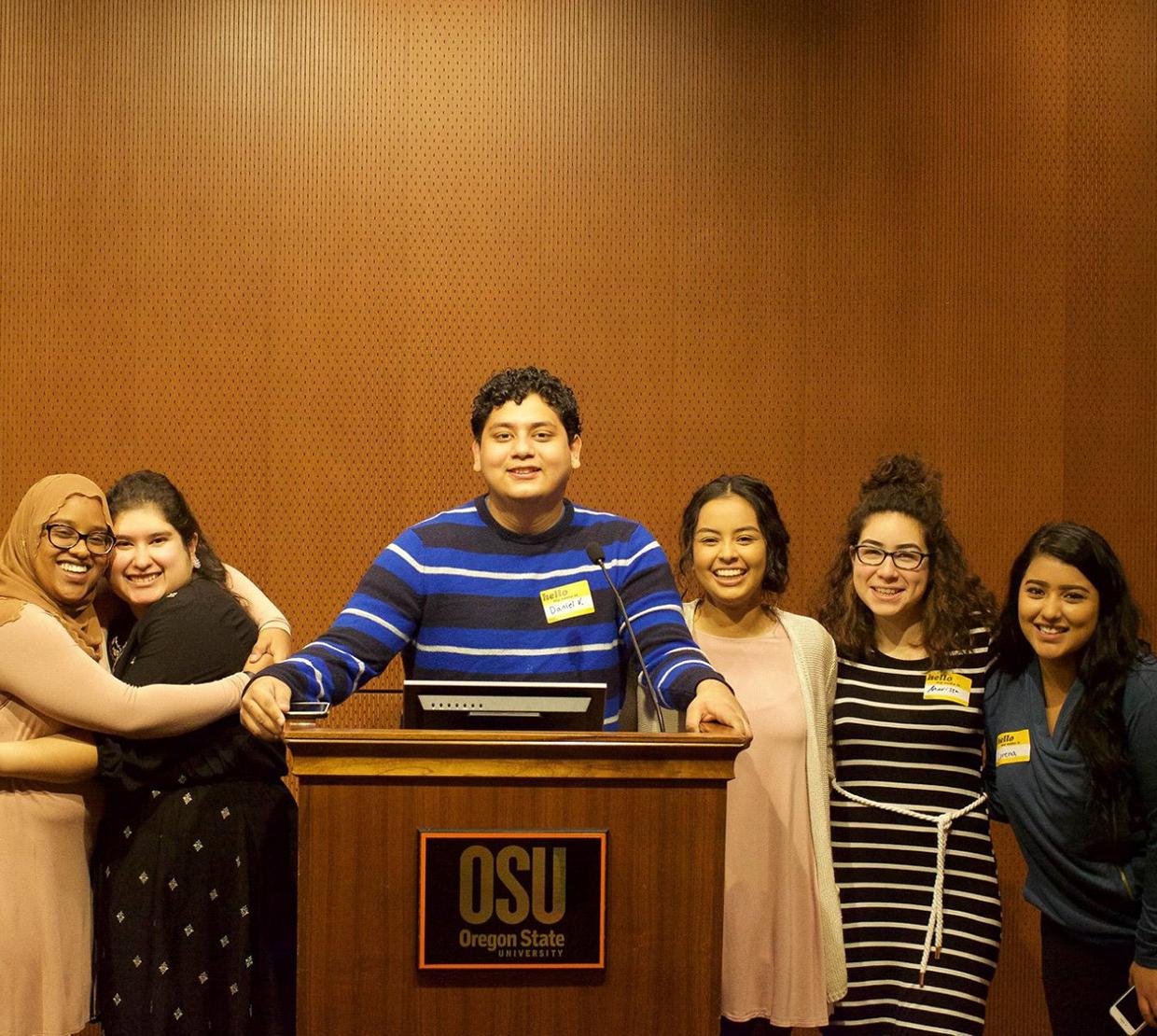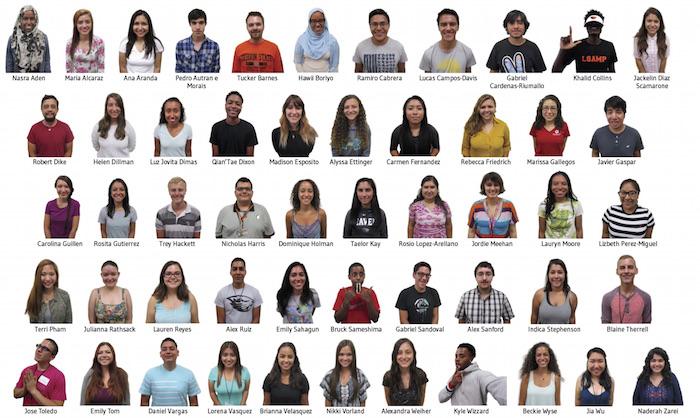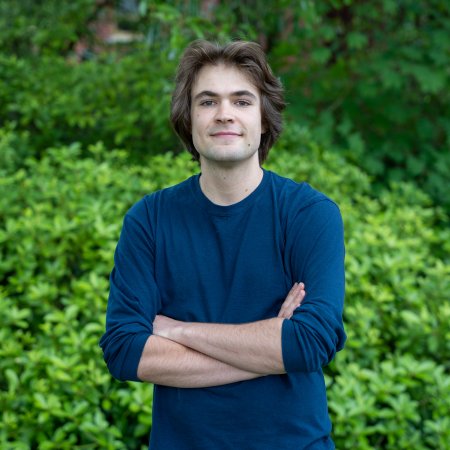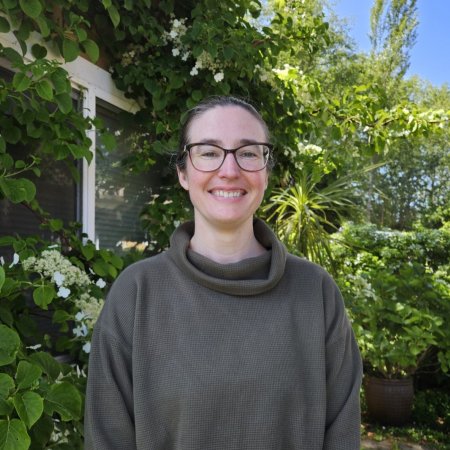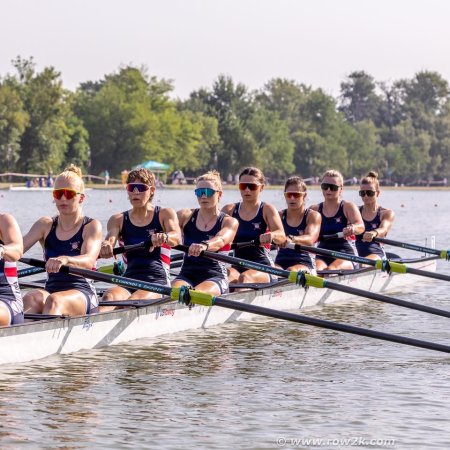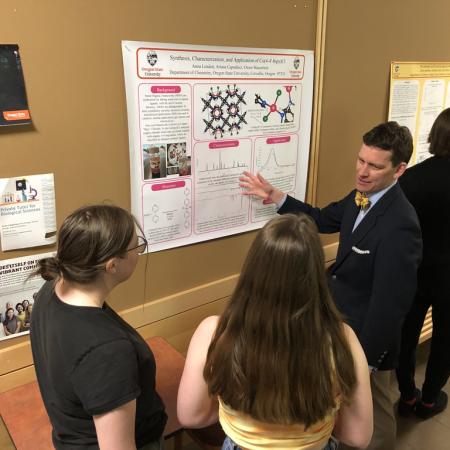If you take a daily drink of milk from goats who have been fed poison oak, can you acquire immunity to urushiol, the dreaded allergen that causes skin rashes? Which type of bandages are best at avoiding infection? Can a robot be programmed to walk on two legs when scientists don’t fully understand yet how humans manage to do it without falling over?
Join us at the second annual OSU STEM Leaders Research Symposium to explore these questions and dozens of other tantalizing undergraduate research projects. The event will be held this Saturday, January 21, 2017, in the Memorial Union's Horizon Room. It is free and open to the public.
Nine students will give oral presentations from 9:30-12:00 pm, followed by poster presentations from 1:30-3:30 pm. Come out and show your support! Drop in for any part of the day’s schedule if you can’t attend the whole day.
The OSU STEM Leaders Program, funded by a National Science Foundation award and generous support from the OSU Research Office and Colleges of Science, Agricultural Sciences, and Engineering, is designed to increase the diversity and success of undergraduates in STEM fields at OSU. This is accomplished through a year-long orientation course and cohort-based workshops for freshman, peer mentoring with upper division STEM students, and faculty-mentored undergraduate research experiences.
The symposium is the culmination of a year’s worth of research that the sophomore students began during their freshman year, under the supervision of a faculty member. Studies show that students who participate in undergraduate research are more likely to become life-long learners. They also achieve independence, gain marketable skills, are more likely to complete their degrees, and are better trained for careers and graduate programs.
